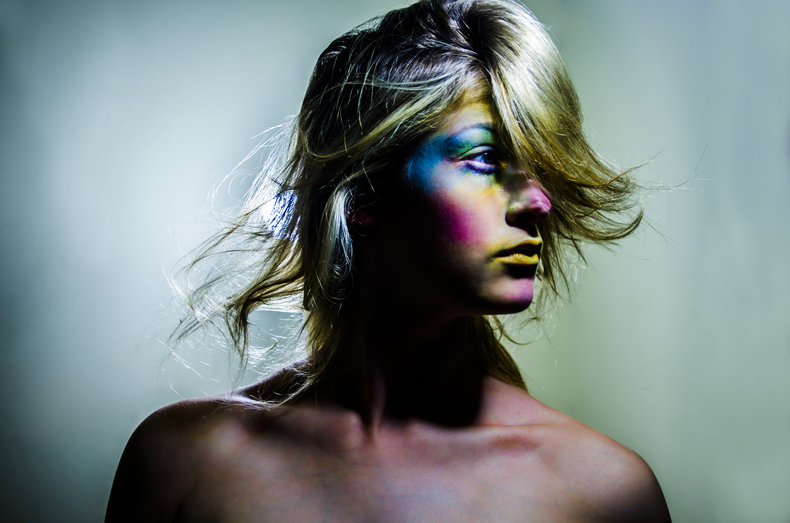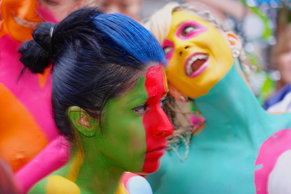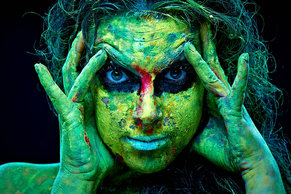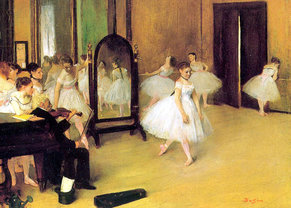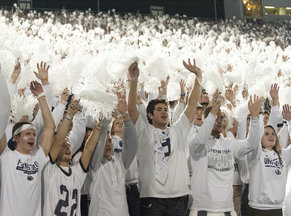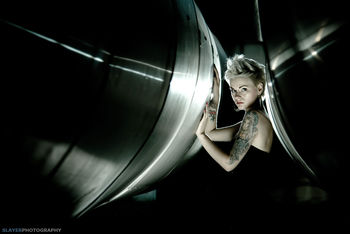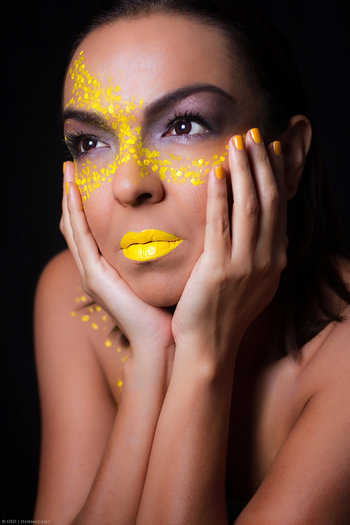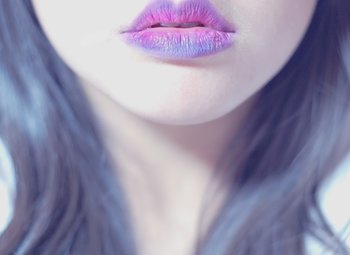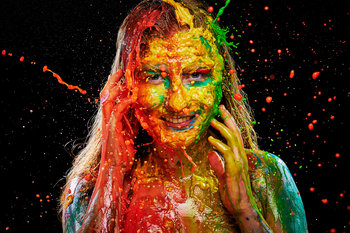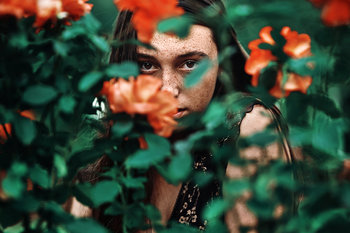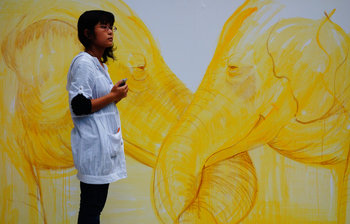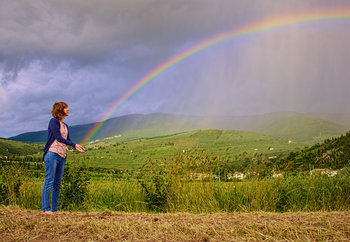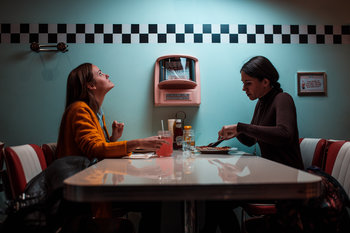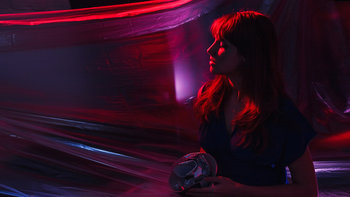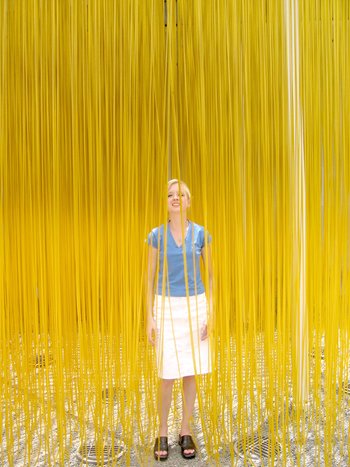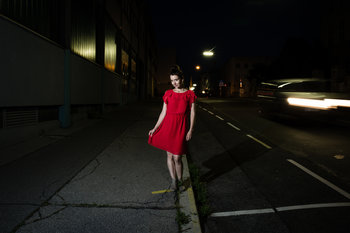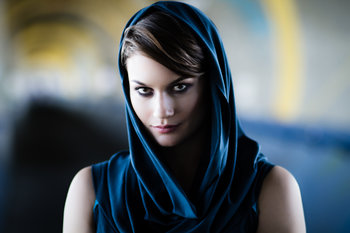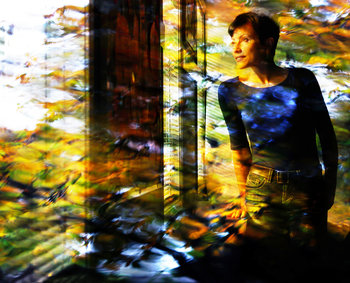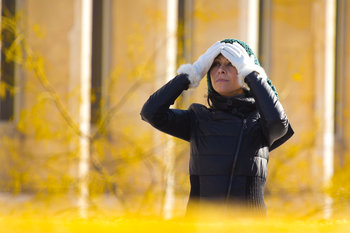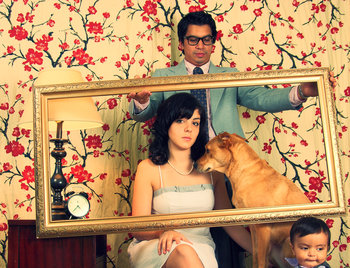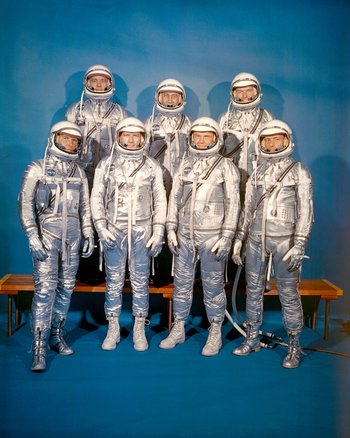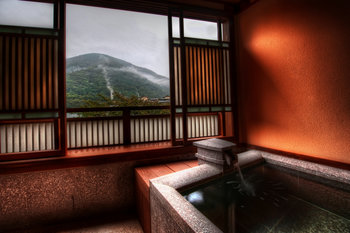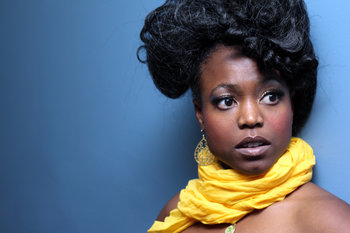|
| |
Colors are an element of human and animal perception that roughly map to the length of wavelengths of light. As such, color is a perception of the physical universe that is real. The following are the basic reasons that color is real.
Properties of LightColors map to the properties of light. The following are high level examples.Color | Wavelength of Light | White | All wavelengths mixed or many wavelengths mixed. | Violet | 380–450 nanometers | Blue | 450–495 nanometers | Green | 495–570 nanometers | Yellow | 570–590 nanometers | Orange | 590–620 nanometers | Red | 620–750 nanometers | Black | Absence of light as with materials that absorb most light. |
Color Is a Measure of the Physical WorldColor is the ability to perceive different wavelengths of light. The argument that light is real but color isn't real isn't defensible from any realistic or pragmatic point of view. Saying blue isn't real is like saying that 32° Fahrenheit or 0° Celsius isn't real. Sure, Fahrenheit or Celsius are invented but these are real in the sense that the map to the realities of temperature. Color is exactly the same -- human perceptions of color map to physical realities of light.Oddities of Color PerceptionHuman color perception is indicative of wavelengths of light but also includes many oddities. For example, white is perceived as a single color. In fact, white light is unbelievably colorful in the sense that it contains many wavelengths of light. As such, color can't be considered a direct property of light but is bound by adaptions of human perception. It would be inconvenient to see white as unbelievably colorful as sunlight is white and this saturates everything. As such, the human mind has constructed white to make sunlight a neutral background color.Color Temperature Is Loosely Based on Reality People perceive red and orange as hot because it maps to hot elements of the Planet Earth such as the Sun, magma and fire. Likewise, they perceive blue as cool as it corresponds to pervasive elements such as water and sky that are generally cooling. Color temperature is another oddity of human color perception that maps to physical environments on this planet.Color is CulturalColor perception is greatly influenced by culture. For example, Westerners are commonly perplexed at why the Japanese tend to refer to green traffic lights as Aoi, or blue. This is due to the fact that Japanese culture traditionally views blue and green as variants of the same color. This is analogous to the tendency for Americans to view cyan as a variation of blue. As such, if traffic lights were cyan, many people in the US might call them blue. The "basic" colors such as blue and green are actually many colors with cultural differences in how to arrange these into categories.Black is a Real ColorBeyond the argument that color isn't real, is the argument that black isn't a real color because it doesn't correspond to a specific wavelength of light. This is like saying that zero isn't a number. In any system of measuring something you would probably want to be able to detect when that something was absent. Black is the color for detecting low light and no light.Primary Color MythsPrimary colors are a choice of colors that are used by a color system to simulate all other colors. In Western Education, these are often Red, Yellow and Blue. In this context, it is common for materials to make claims that aren't true. For example, it is not true that these colors can accurately produce all other colors. It is also not true that Red, Yellow and Blue are the only primary colors as many other sets of primary colors exist. There is nothing particularly special or real about primary colors and they are simply a system used by artists, technologists and academics to create a big set of colors from a smaller set. For example, screen technologies commonly use Red, Green and Blue (RGB) as primary colors and printers commonly use Cyan, Magenta, Yellow and Black (CMYK). In theory, you would need all of the spectral colors to truly create all other colors.All Colors Are Equally RealThere is a strange convention of thinking that the supposed colors of the rainbow such as red, orange, yellow, green, blue and violet are the "real" colors and everything else is a "shade." All colors are real colors. The 5 or 6 colors of the rainbow are arbitrary categorizations as in fact rainbows can produce millions of spectral colors. The word shade means a color that has been mixed with black. All shades are colors too.The Human Experience is RealColor perception certainly differs from the properties of light such that it isn't a precise measurement of light. To put this another way, color is a measurement of light but not a particularly accurate one. The final argument that shows that color is real is that it is an element of human cognition and the human experience. These are both real things. Color is just as real as human thinking or speech or emotion.
Color Perception
This is the complete list of articles we have written about color perception.
If you enjoyed this page, please consider bookmarking Simplicable.
© 2010-2023 Simplicable. All Rights Reserved. Reproduction of materials found on this site, in any form, without explicit permission is prohibited.
View credits & copyrights or citation information for this page.
|
